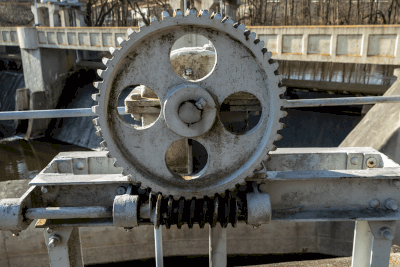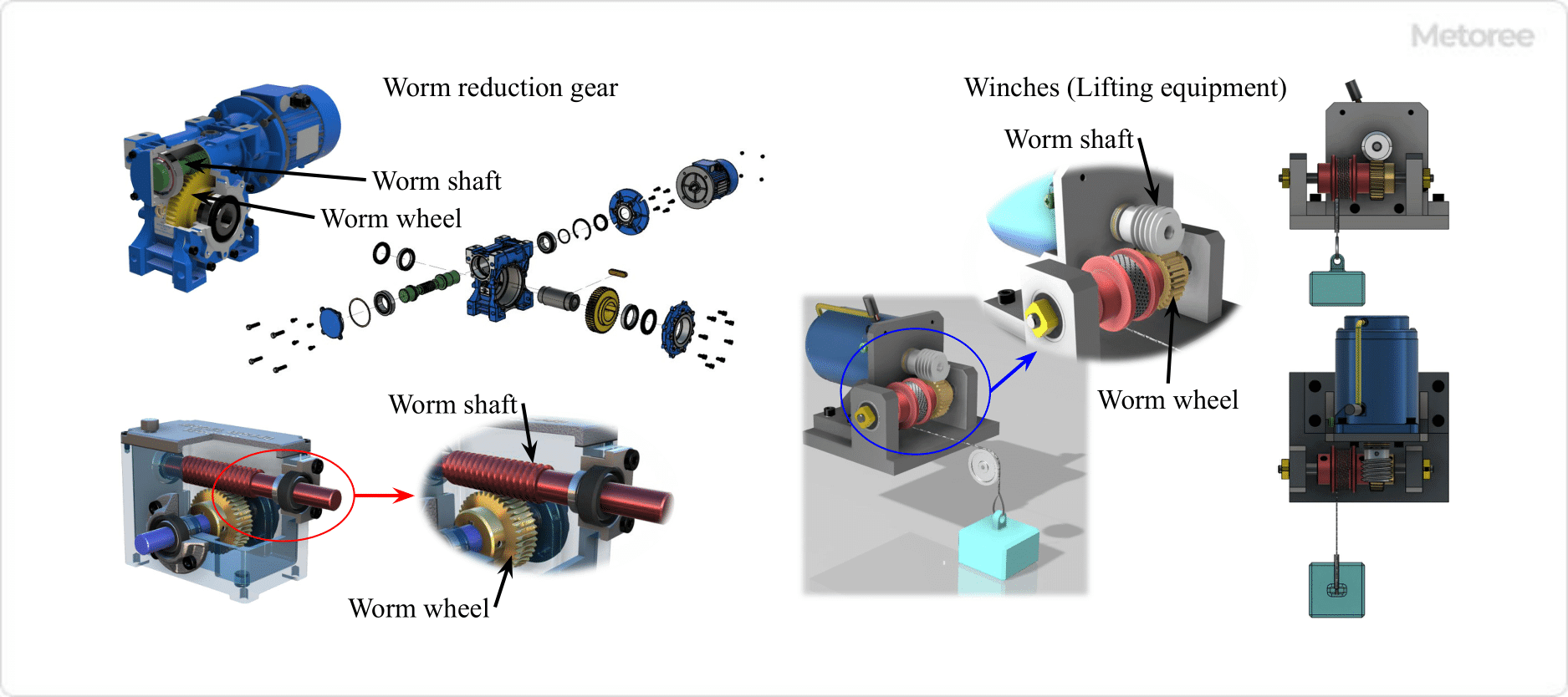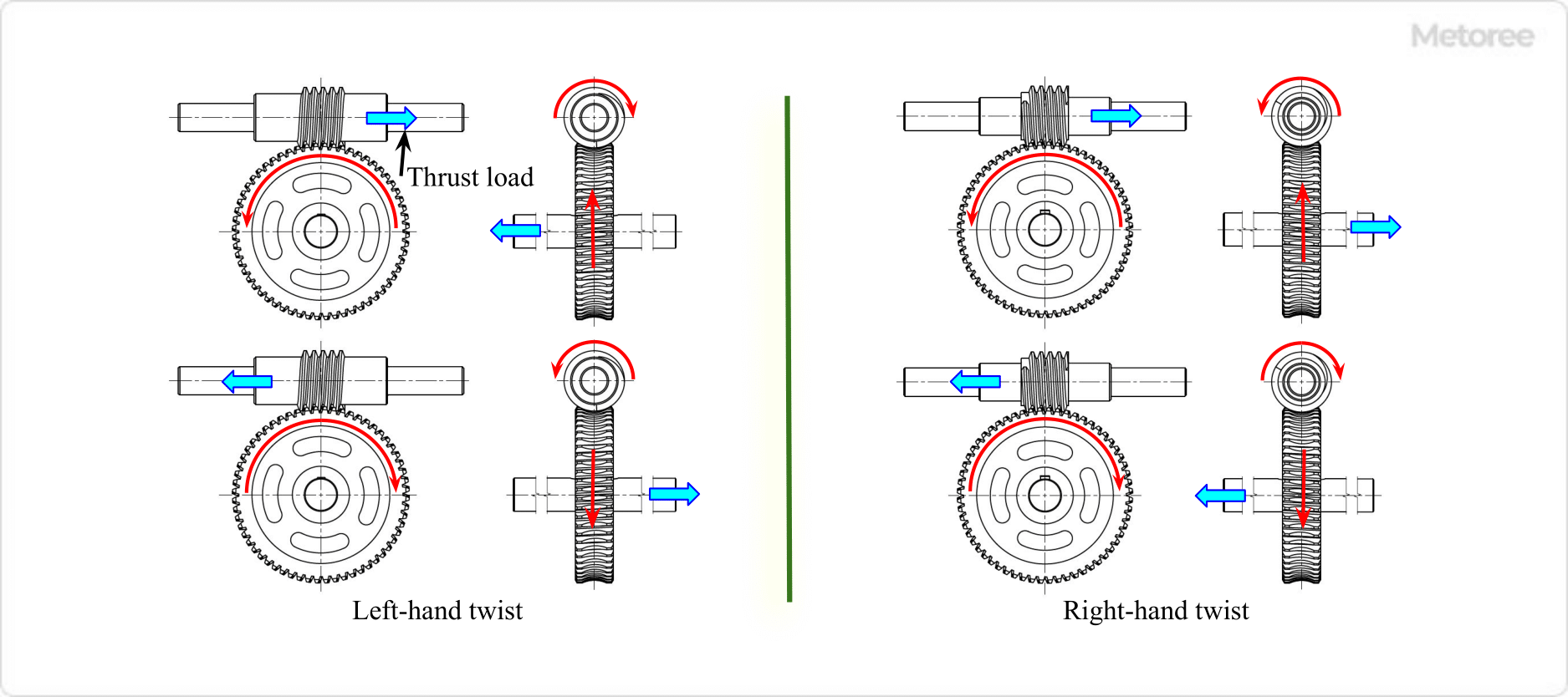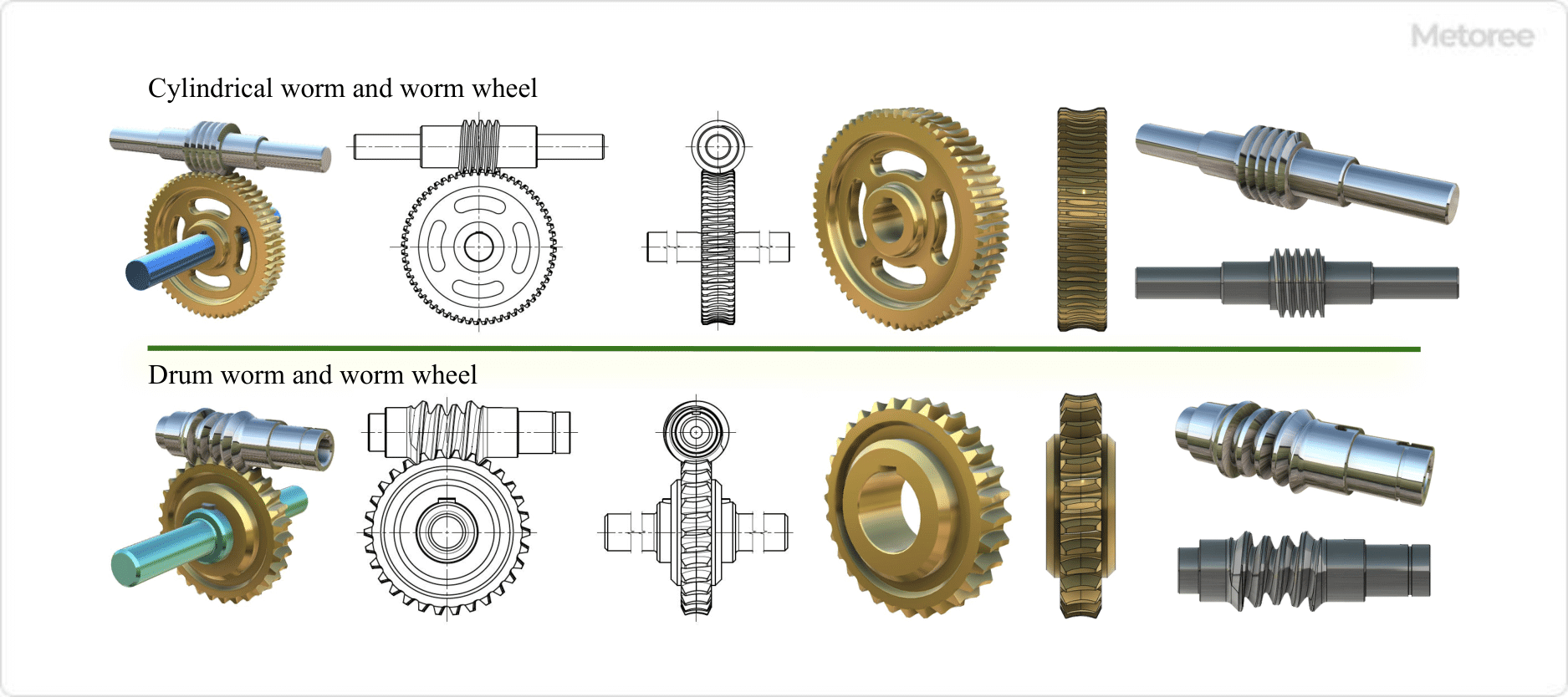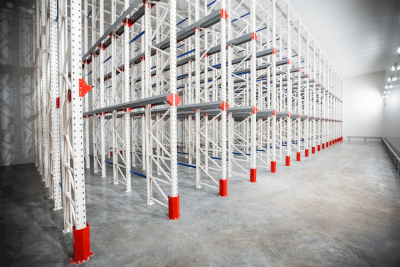What Is a Sequence Valve?
A sequence valve is a type of pressure control valve that ensures actuators, such as hydraulic cylinders, operate in a specific sequence within hydraulic circuits. This is crucial for systems requiring a predetermined order of operations, allowing for one actuator to complete its task before the next begins.
Uses of Sequence Valves
Sequence valves are integral to various industries and machinery, including food and semiconductor manufacturing, as well as construction equipment like cranes and forklifts. These valves enable the precise control of power in hydraulic systems, facilitating the movement of machine tools and large machinery.
1. Manufacturing Industry
In press machines, sequence valves control the sequential operations from material input to product discharge, ensuring large forces are applied in a controlled manner.
2. Construction Machinery
Used in mobile cranes, sequence valves manage the order in which the crane’s jibs extend and retract, ensuring smooth operation.
Principle of Sequence Valves
A sequence valve directs flow from the primary side to the secondary side once the primary pressure exceeds a set threshold. This action is controlled by a spool within the valve that moves in response to pressure changes, allowing sequential actuator operation.
Structure of Sequence Valves
Comprising a body, spool, ports, a pressure adjustment screw, a spring, and a check valve, sequence valves feature input, output, and drain ports. The operation timing can be finely adjusted via a spring under the adjusting screw.
Types of Sequence Valves
Based on the source of pilot pressure, sequence valves are categorized into:
- Internally Piloted Type: Utilizes internal pilot pressure.
- Externally Piloted Type: Uses external pilot pressure.
How to Select a Sequence Valve
Selection criteria include the pressure and flow rate of the circuit, which influence the timing and force of operations. Proper selection is crucial to prevent damage and ensure efficient operation. Understanding the override characteristic, where output gradually shifts to the secondary side before reaching the set pressure, is also important.
Other Information on Sequence Valves
Sequence Valve Operating Order
The typical operating sequence in a hydraulic circuit involves:
- Oil flows to the first cylinder, activating it while the second cylinder remains closed.
- Upon the first cylinder’s completion, circuit pressure rises, causing the spool in the sequence valve to move and release output to the second actuator.
- The second cylinder then begins to move, followed by the activation of the second actuator.
This process ensures that each actuator operates in turn, based on the preset pressure thresholds.
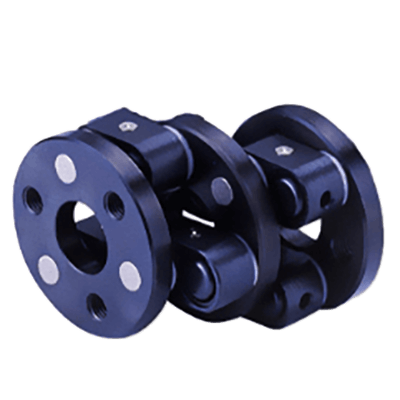

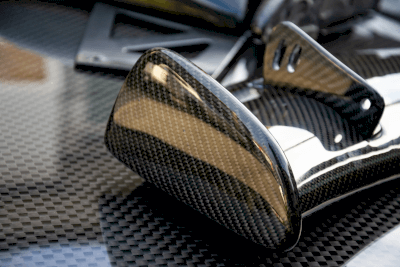 An end plate is a versatile component used in various devices across different industries. Generally, it refers to a plate-like part that is attached to the end of a piece of equipment or device. The term ‘End Plate’ is often interchangeable with terms like end cover or edge plate due to its broad applicability and convenience.
An end plate is a versatile component used in various devices across different industries. Generally, it refers to a plate-like part that is attached to the end of a piece of equipment or device. The term ‘End Plate’ is often interchangeable with terms like end cover or edge plate due to its broad applicability and convenience.